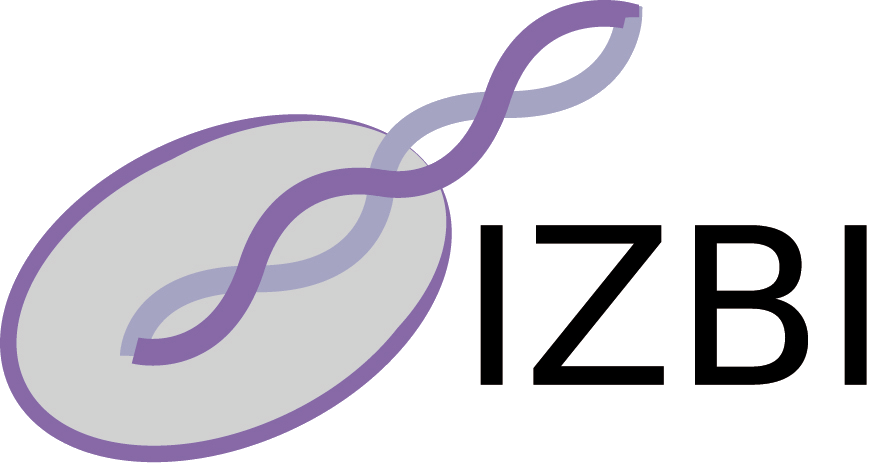Publications - Published papers
Please find below publications of our group. Currently, we list 565 papers. Some of the publications are in collaboration with the group of Sonja Prohaska and are also listed in the publication list for her individual group. Access to published papers ( ) is restricted to our local network and chosen collaborators.
If you have problems accessing electronic information, please let us know:
) is restricted to our local network and chosen collaborators.
If you have problems accessing electronic information, please let us know:
 ) is restricted to our local network and chosen collaborators.
If you have problems accessing electronic information, please let us know:
) is restricted to our local network and chosen collaborators.
If you have problems accessing electronic information, please let us know:©NOTICE: All papers are copyrighted by the authors; If you would like to use all or a portion of any paper, please contact the author.
Progressive sequence alignments from Triplets
Matthias Kruspe, Peter F. Stadler
Download
Status: Published
BMC Bioinformatics 8: 254 (2007)
Abstract
<b>Motivation:</b>
The quality of progressive sequence alignments strongly depends on the
accuracy of the individual pairwise alignment steps since gaps that are
introduced at one step cannot be removed at later aggregation steps.
Adjacent insertions and deletions necessarily appear in arbitrary order in
pairwise alignments and hence form an unavoidable source of errors.
<br>
<b>Idea:</b>
Here we present a modified variant of progressive sequence alignments that
addresses both issues. Instead of pairwise alignments we use exact dynamic
programming to align sequence or profile triples. This avoids a large
fractions of the ambiguities arising in pairwise alignments. In the
subsequent aggregation steps we follow the logic of the Neighbor-Net
algorithm, which constructs a phylogenetic network by step-wisely replacing
triples by pairs instead of combining pairs to singletons. To this end
the three-way alignments are subdivided into two partial alignments, at
which stage all-gap columns are naturally removed. This alleviates the
``once a gap, always a gap'' problem of progressive alignment procedures.
<br>
<b>Results:</b>
The three-way Neighbor-Net based alignment program <tt>aln3nn</tt> is shown
to compare favorably on both protein sequences and nucleic acids
sequences to other progressive alignment tools. In the latter case one
easily can include scoring terms that
consider secondary structure features. Overall, the quality of resulting
alignments in general exceeds that of <tt>clustalw</tt> or other multiple
alignments tools even though our software does not included heuristics
for context dependent (mis)match scores.
<br>
<b>Availability:</b>
The Software is freely available for download from
<a href="http://www.bioinf.uni-leipzig.de/Software/aln3nn"><tt>http://www.bioinf.uni-leipzig.de/Software/aln3nn</tt></a>
Note
doi:10.1186/1471-2105-8-254















